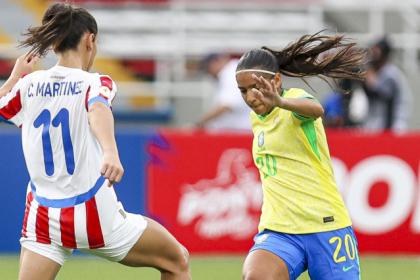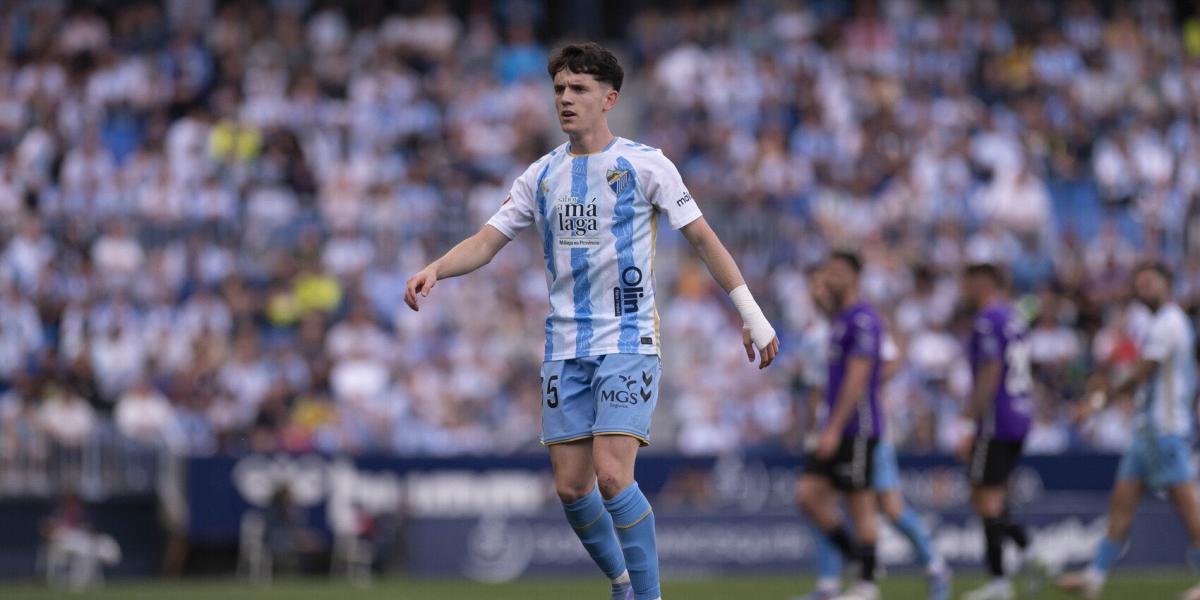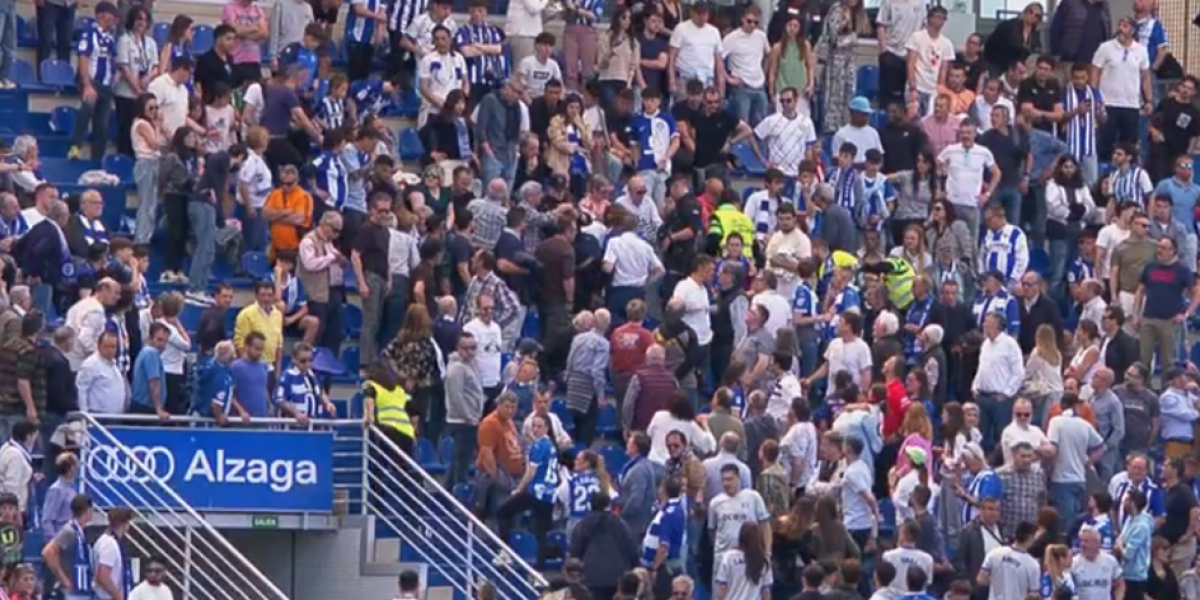Exactly a century ago, in May 1925, Valencia breathed soccer through and through. The fierce rivalry between Valencia and the gymnastic filled the city's stadiums to the stops and provided information arguments and hilarious clicks to the media. Eduardo Cubells, turned into the Valencian football icon, prepared to debut with the Spanish team, verifying the extraordinary growth, worked in record time, of local sport. Great Spanish football figures such as Zamora, Platcko or Petit were dropped regularly by these payments to delight the increasingly numerous hobby. AND In each neighborhood of the city they arose as improvised mushrooms that, finished the inevitable street stage, took body in the available plots, frequently wrapped by noisy groups of unconditional.
In one of the most popular arteries in the city, Cuenca street, kids fought for those days with a rudimentary ball made of rags. They dreamed of emulating the idols of the chocolate chromos and the role of smoking. Directed by a boy named Vicente Blas Micó, the Chiquillos did not take long as a self -authored with the name of their street: Club Deportivo Cuenca. Sometimes they balled in a field located in the apple of the future supply market; Others, in the field next to the Alquería de Pontons. His enthusiasm and ambition were contagious. So much so that around 1929 they went to Leopoldo Costa, 'Rino', Valencia player, to train them.
The arrival of 'Rino', who had learned the rudiments of training football by Anton Fivéb, was key for that children's group to become a club. After a first stage of Tanteo, in which the fame of the “Boys of 'Rino'” led the team to play throughout the region, the basin entered the Federation in 1933. Integrated in the group of adhered (that is, that of the popular clubs that did not have their own field), caressed the title of the category twice in the years before the war.
Already at that time, The basin acted as a kind of unofficial subsidiary of Valencia. This link would be reinforced from the 1943-44 campaign, when “Rino”, after his ephemeral experience as a white coach, promoted, together with Vicente Peris, the transformation of the basin into the Mestalla. A five years later, with the subsidiary strengthened in the Second Division, the old pupils of “Rino” regained control of the club and obtained their independence, returning to mud football and shortage.
Since then, the Cuenca has been a classic of our sport, with hundreds of adhered matches behind them and, since the late seventies, more than one thousand two hundred meetings in the regional categories of the Valencian Federation. Cradle of legend players (Seguí, Ricardo Alós or the international goalkeeper Pepín), but also of names of the very long journey (Tomás, Valiente, Valentín, Fisher Discóbolo, from the old neighborhood football. And he celebrates, as of this week, the courage of that group of children who blocked with 'Espoldenyes' in the vibrant Valencia of a hundred years ago.
Subscribe to continue reading



